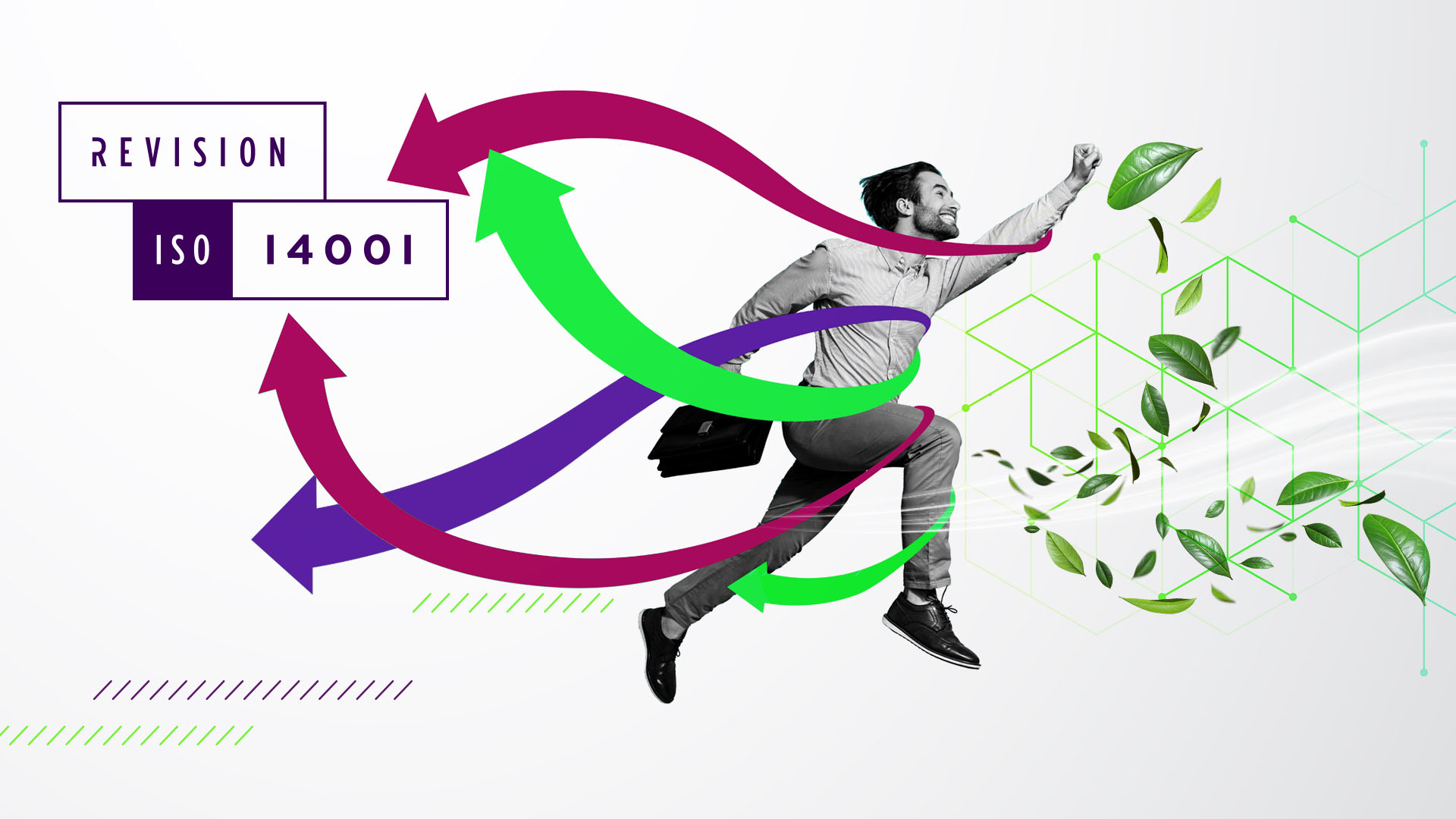Have your say on the new ISO 14001

In the spring of 2023, we informed you of the decision taken at international level to update ISO 14001, the flagship standard providing a framework for an environmental management system. Now, in 2025, ten years after the publication of the last version of the text, it is only natural that the professionals who use it on a daily basis should have new guidelines at their disposal.
These new guidelines are now available, and you are invited to comment on them. AFNOR is organizing the public inquiry in France, from February 4 to March 30, 2025 . This will be followed by a new cycle of meetings of TC 207, the ISO body organizing the work, with publication scheduled for early 2026. This publication will take the form of an amendment: the future name of the standard will be ISO 14001/A2:2026, and then the text of the amendment will be merged and integrated into the text of the standard. Exactly like amendment A1, added at the beginning of 2024 to integrate climate change as a strategic issue. This amendment impacts some thirty major management system standards, well beyond ISO 14001. As soon as it was published, it immediately joined the list of points to be reviewed in certification audits.
ISO 14001 /A2: a revised chapter 6
In this forty-page A2 amendment, there are no new requirements as such, but rather a series of additions and points of clarification. ” In paragraph 6.1.2, for example, the notion of life-cycle perspective is clarified, to take better account of aspects and impacts across the entire value chain “, explains Erwan Chagnot, convenor of the group of experts in charge of the amendment within the AFNOR standardization committee on environmental management, and head of the French delegation working on this update at ISO.
In fact, Chapter 6 has undergone a number of changes, including a complete reorganization to make the ” environmental aspects and impacts ” and ” risks and opportunities ” more readable and coherent, the addition of a clause on change management, and a new stage in the identification of emergency situations. Also noteworthy is the clarification of very specific issues to be integrated into the environmental analysis: biological diversity, availability of natural resources, pollution levels, climate change, etc.
The project makes a thorough inspection of vocabulary, for example, replacing the term fulfillment with meeting. However, this does not hide a change in general approach, in line with ISO 26000 and regulatory CSR approaches based on dual materiality, such as the European Sustainability Reporting Directive (SRD). Indeed, the draft A2 amendment emphasizes the interrelation of organizations with their ecosystem, in both directions: by inviting us to detail how an organization’s activity affects the environment ( inside-out approach) and also how environmental conditions can affect organizations ( outside-in approach).
Do you use ISO 14001 on a day-to-day basis, as an environmental manager in a company for example? We’d love to hear from you! An information webinar will be held on Thursday, February 13, 2025 from 1:30 to 2:30 pm, hosted by Erwan Chagnot and Alexandre Oliveira, project manager in standardization on environment and climate change topics. Register here !